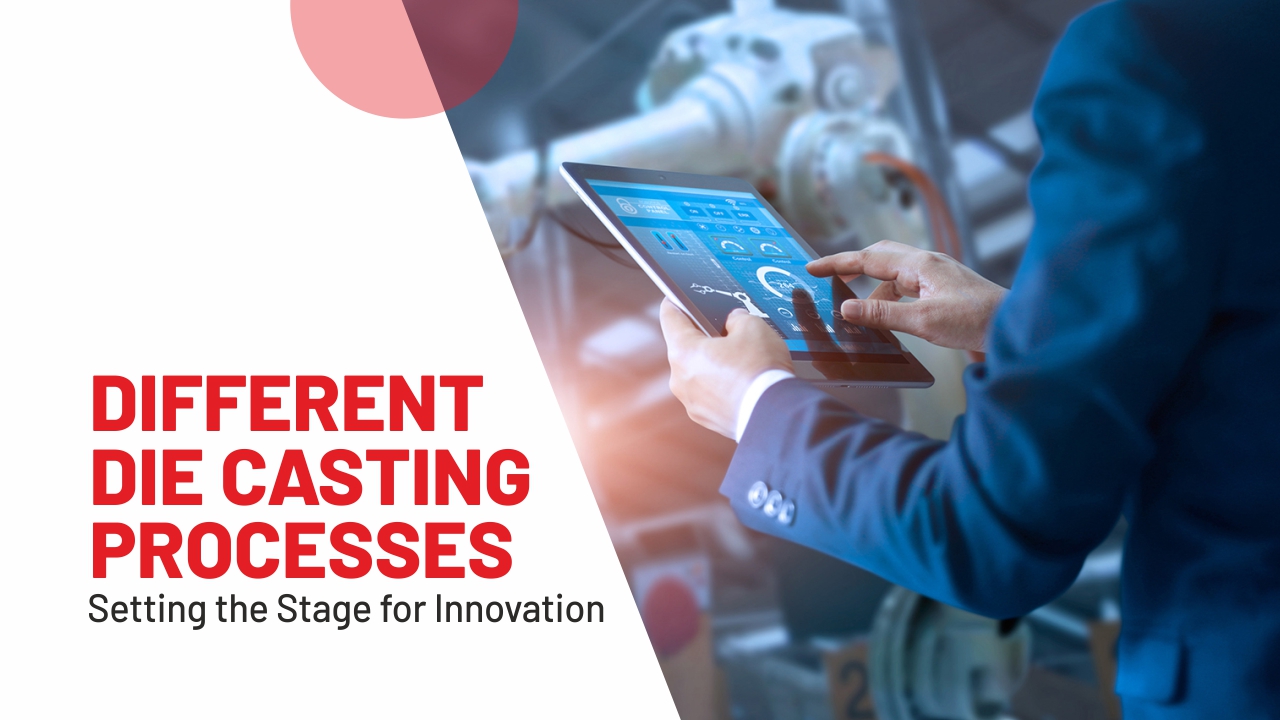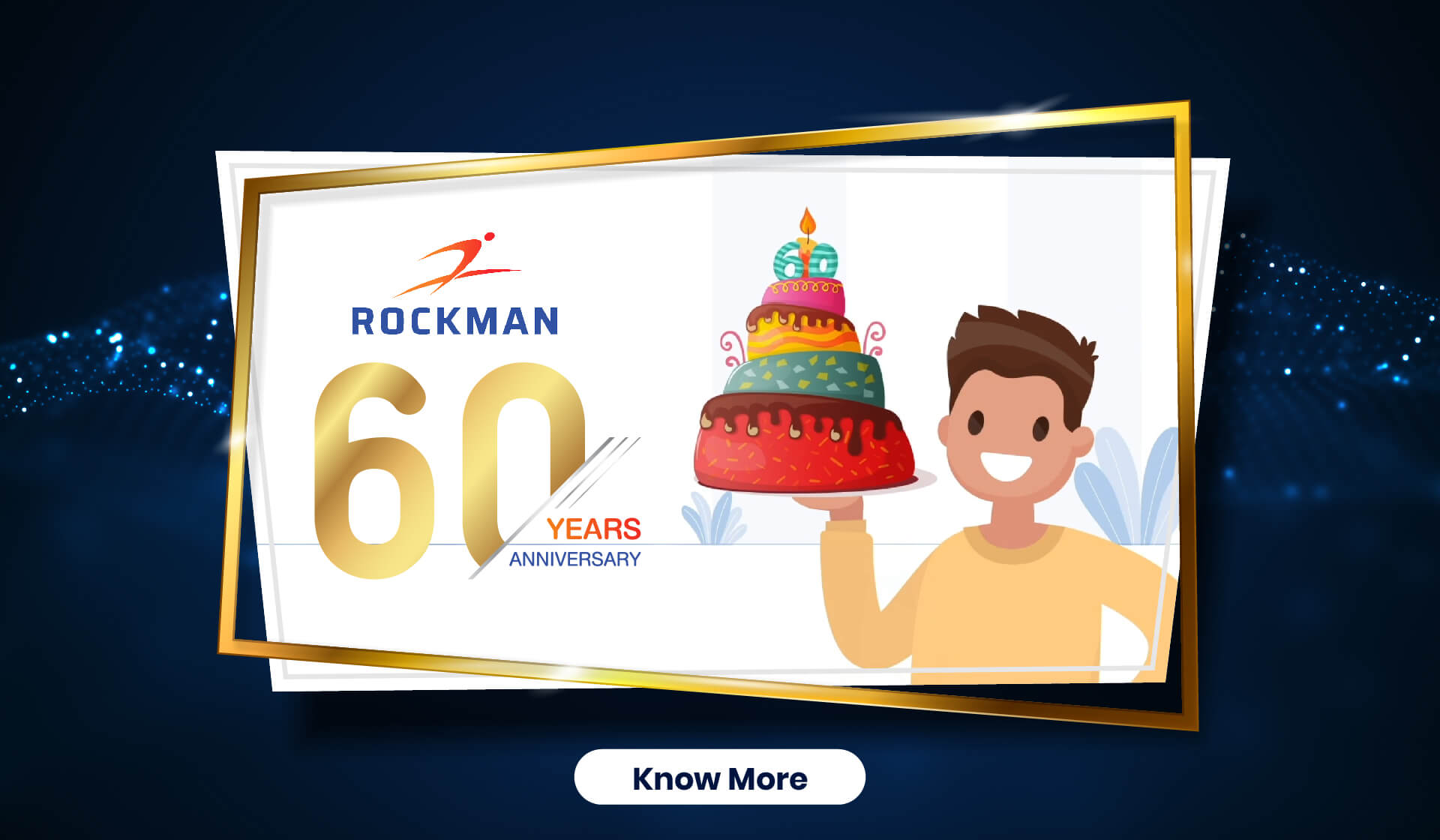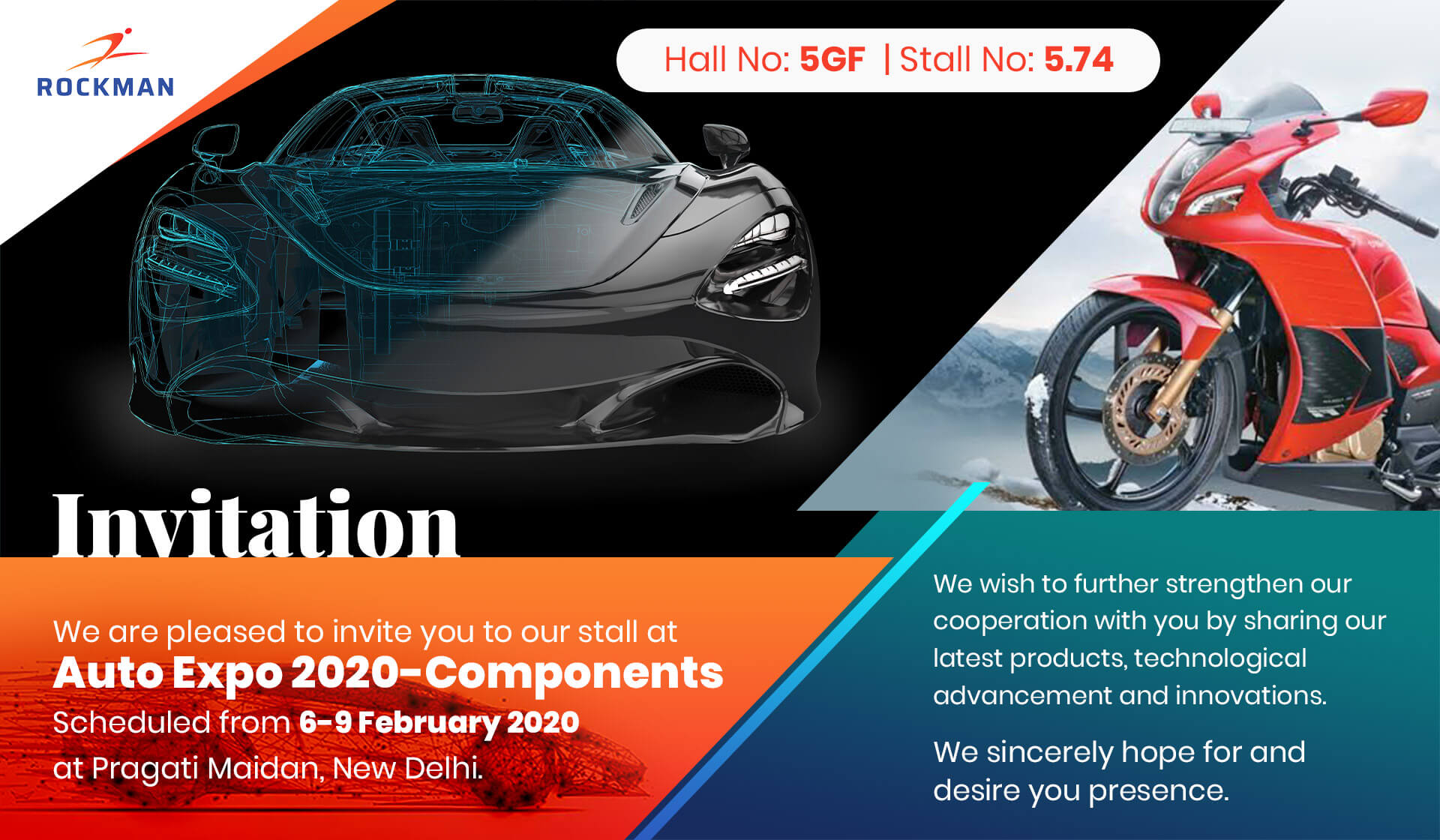
Die casting is an efficient metal casting process used to produce geometrically complex and high-precision metal parts. In this process molten metal is forced into a reusable mold called dies under high pressure. The die-casting process is highly preferred for making components in bulk with precision and a great surface finish. This process is widely popular across diverse industries like aerospace, automotive, electronics, and construction to create complex shapes with great surface finish and dimensional accuracy. The die-casting process has become a cornerstone of the manufacturing sector that makes use of non-ferrous metals like zinc, aluminium, and magnesium to produce a wide range of products, from complex automotive parts to small intricate toys. Dis casting process is preferred over other casting methods because it can produce parts with minimal machining and tight tolerances. Parts made with die casting are preferred among manufacturers who aim to reduce material waste and increase productivity because the parts made with this process are highly durable and cost-effective.
Different Die Casting Processes
Die casting is an efficient metal casting process used by manufacturers to produce high-quality detailed parts. With their sound expertise and state-of-the-art technology, manufacturers make use of different die-casting processes depending on the type of parts that have to be manufactured. Different types of die-casting processes are available to OEMs and each process comes with its own set of advantages. Some common types of die-casting processes include:
High-Pressure Die Casting (HPDC)
High-pressure die casting is a widely preferred casting process, especially adopted for producing large volume of intricate and thin-walled components and parts down to around 0.6 mm, which is not possible through other casting processes. This method is popular in industries where parts of utmost precision, repeatability, tight tolerances, and great surface finishing are required.
Process Overview
In High-Pressure Die Casting, molten metal usually aluminium is injected under high pressure usually between 1,000 to 1,500 bar into a steel mold or die, and the pressure is maintained till the metal solidifies. High pressure is applied to make sure that the metal quickly fills every intricate detail of the mold, producing parts with excellent precision and smooth surface finishes. After the solidification of the metal, the die is opened and the part is removed.
Advantages & Applications
High Pressure Die Casting allows mass production of parts and components in just a few seconds hence having fast turnaround time. Besides, most of this casting process is automated which increases efficiency and reduces labour costs. Parts made with this casting process require minimal surface finishing because high-quality parts come out straight from the dye. This casting process is usually employed to produce parts of intricate designs and precise dimensions and it also ensures efficient use of material, minimising waste. This casting process is widely used for producing components like engine blocks, gearbox cases, and other automotive parts that require great strength and precision. Besides automotive, this casting process is also employed to produce components for consumer electronics, aerospace, and defense that require lightweight and durable parts.
Low-Pressure Die Casting (LPDC)
Low-pressure die casting is another metal casting process that is primarily used for producing aluminium and its alloy parts. This casting process is generally used to produce components and parts that do not have intricate geometries and do not require high precision. The tooling cost of LPDC is low and its overall production speed and efficiency are also lower, hence this process is not considered for large-volume production. This die-casting process is ideal for applications where parts of moderate complexity and volume are required.
Process Overview
In Low Pressure Die Casting process molten aluminium or its alloy is pushed into the mold from a furnace located below it, using a low and controlled pressure generally around 0.3 to 1.5 bar. The molten metal is allowed to smoothly flow into the mold cavity to reduce the chances of air entrapment. This die-casting process produces denser, stronger parts with fewer defects, although the cycle times are longer.
Advantages & Applications
The low-pressure die-casting process produces parts with fewer defects because the controlled metal flow minimizes porosity and improves structural integrity. The components made with this casting process are durable and strong and this process is ideally suited for making thick and large components. The LPDC process is used for manufacturing automotive alloy wheels, cylinder heads, and engine components along with aerospace parts that are of high strength.
Gravity Die Casting (GDC)
Gravity Die Casting is a less intricate casting process that makes use of reusable molds to produce parts in medium volume. This casting process is primarily used to produce symmetrical and round aluminium die-casting components and has low tooling costs associated with this process.
Process Overview
Gravity Die Casting is also called Permanent Mold Casting in which molten aluminium is poured into a permanent mold made of steel or iron under the gravity force without applying any external pressure. The molten aluminium smoothly flows into the mold cavity leading to a slower filling process. After filling the mold cavity, it is left to cool and solidify, which is then opened to remove the solidified part. It is a slow yet effective process that is ideal to create parts that do not require extreme precision. Parts produced through this process have good mechanical properties and high structural strength.
Advantages & Applications
Gravity Die Casting is a cost-effective process, as the molds are reusable, making this process ideal for medium-volume production. Parts produced through this casting process have better mechanical properties compared to parts produced through other casting processes. This process is ideal for manufacturing components that need to withstand heavy loads. This casting process is used to manufacture industrial components like pump housings, manifolds, and valve bodies along with automotive components like brackets and structural supports.
Conclusion
Different die-casting processes like HPDC, LPDC, and GDC are tailored to produce parts of specific needs. HPDC is the ideal option for mass production and precision parts, while LPDC produces strong components with fewer defects. On the other hand, GDC provides a cost-effective solution for simpler parts with excellent mechanical properties. Due to the ongoing advancements in casting technology, die casting will continue to play a pivotal role in industries like automotive, aerospace, and manufacturing.


